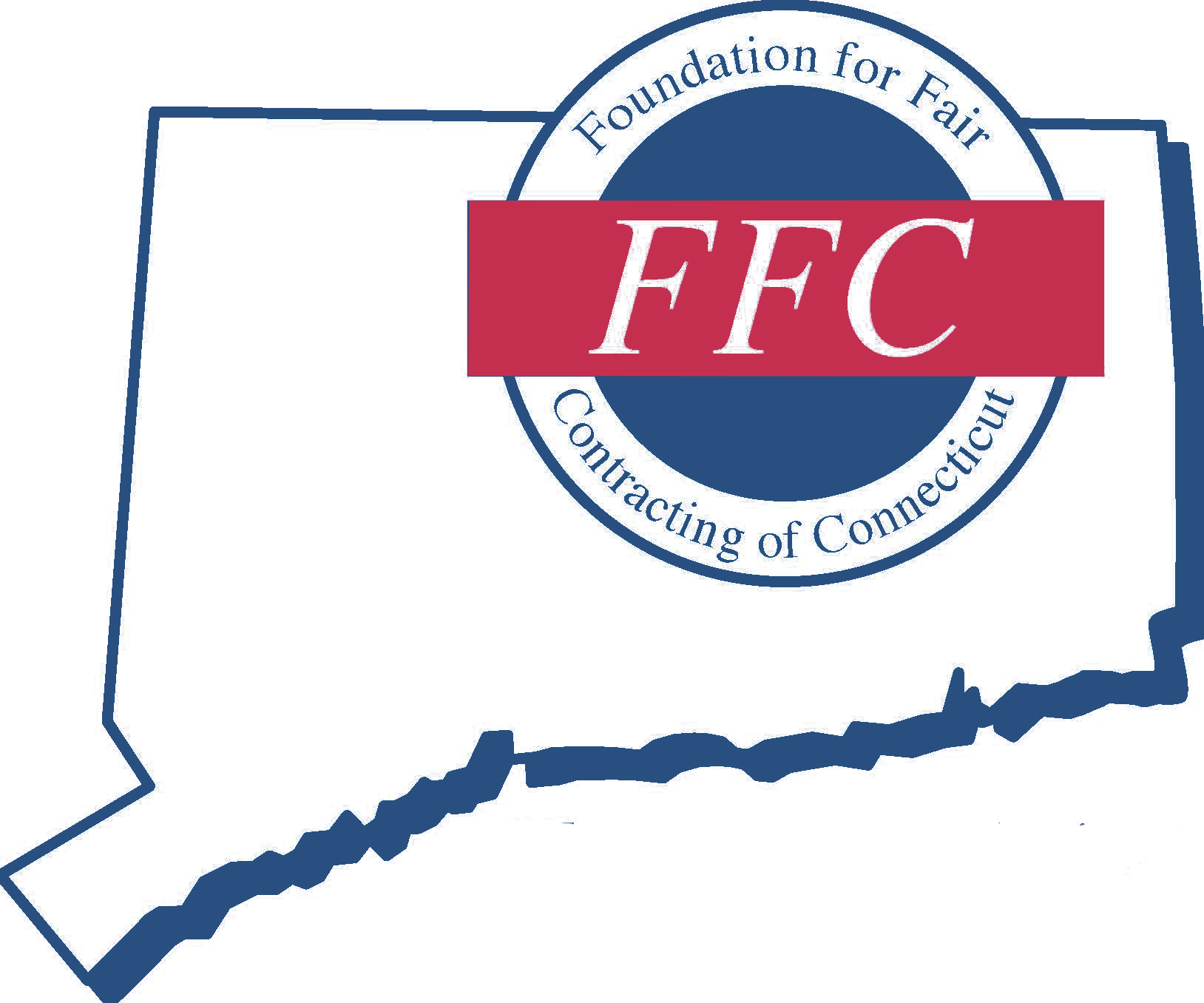The devastating storm that flooded parts of Connecticut and swept away roads was far more than infrastructure could handle. Twelve-plus inches of rain fell in a short period, or three months worth of rain for the state. But what exactly is a 1,000-year flood? No, it’s not a flood that happens once only every 1,000 years, but instead a flood that has a one in 1,000 chance of happening in any given year, as the U.S. Geological Survey explained. That calculation — how often flooding events are likely to happen, is part of how flood risk maps are derived. New infrastructure, like bridges and culverts, are constructed with 100-year storms in mind and flood maps, which can also determine whether someone is required to have flood insurance or whether construction is even allowed. That doesn’t mean it’s impossible to plan. It just requires investment, and no small amount. “Mapping the whole country takes a long time and a lot of money and precipitation statistics seem to have changed in the last couple of decades, even if all the flood zones had been accurately mapped a decade ago.” In Connecticut, O’Donnell and his colleagues have been using technology known as lidar, light detection and ranging, to create accurate flood forecasts in some Connecticut cities.
https://www.stamfordadvocate.com/connecticut/article/ct-fema-rain-bomb-planning-storm-flood-flooding-19664947.php

